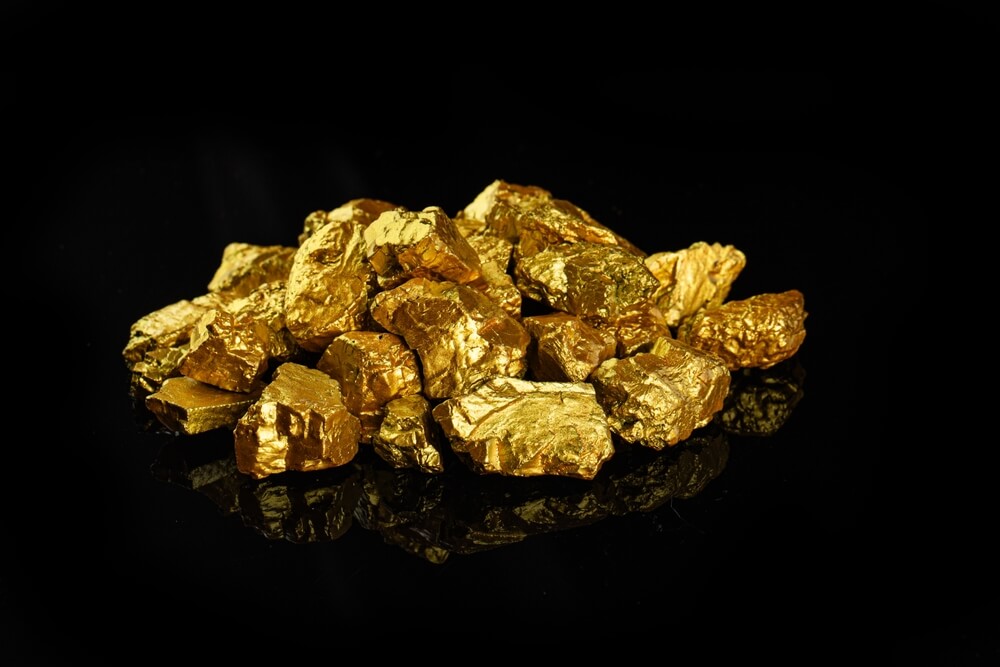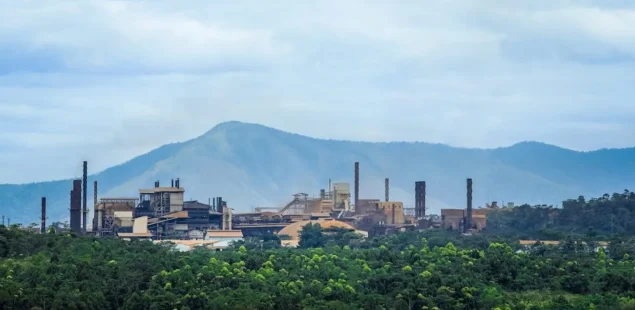
Gold prices have surpassed $3,100 per ounce for the first time, continuing a historic bull run that reflects deepening global economic uncertainty and a renewed investor appetite for hard assets. The rally follows a period of consolidation in late 2024 and signals a shift in sentiment as concerns mount over U.S. economic risks, geopolitical tensions, and the fading impact of “Trump trades.”
The surge has drawn broad-based support from central banks, institutional and retail investors, all seeking to hedge against inflation, diversify away from dollar-denominated assets, and position for an increasingly volatile financial environment. Physical demand remains robust, with central bank gold purchases exceeding 1,000 tonnes annually for three consecutive years.
Investor flows into gold ETFs have rebounded sharply, marking the largest monthly inflows in three years during February 2025. As mainstream equities show signs of strain, the undervalued precious metals mining sector is beginning to attract attention.
Gold miners, historically known for offering leverage to rising bullion prices, are emerging from a prolonged period of underperformance. With gold up approximately $1,000 over the past year and all-in sustaining costs averaging around $1,380 per ounce, miners are now enjoying significant margin expansion. Yet valuations remain suppressed: gold equities trade at just 5.0x EV/EBITDA, compared to 18.9x for tech stocks.
Encouraging fourth-quarter results point to strong balance sheets, improving cost control, and capital discipline across the sector. Major players have resumed or expanded share buybacks—Newmont raised its program to $3 billion, Barrick to $1 billion—and dividend payouts are rising in tandem.
M&A activity is also heating up. Ramelius Resources recently agreed to acquire Spartan Resources for AUD 2.4 billion (USD 1.58 billion), while Gold Road Resources rejected a USD 2.1 billion bid from Gold Fields. These deals reflect growing confidence in sector fundamentals.
Gold’s disconnect from traditional drivers—real interest rates, the US dollar—is underpinned by a new wave of buyers less sensitive to western monetary policy. De-dollarization trends, particularly among BRICS nations, are reinforcing the shift. China has slashed its U.S. Treasury holdings by 38% over the past decade, while gold’s share of global reserves has risen 10.9%.
The U.S. faces growing fiscal challenges, with the March spending bill increasing the debt burden by $2.5 trillion. Even the suggestion of revaluing U.S. gold reserves to current market prices—which would boost their book value from $11 billion to over $800 billion—signals gold’s rising importance in the financial system.
In physical markets, logistical strain is becoming apparent. Delays in physical withdrawals at the Bank of England and gold repatriations to the U.S. totaling over 600 tonnes since December have underscored concerns about liquidity and delivery.
Beyond gold, other metals are benefiting from the broader shift in market dynamics. Silver, often trading with high beta to gold, remains in a structural deficit, forecast at 149 million ounces in 2025. Its use in solar panels and electronics continues to rise, with solar demand alone expected to account for nearly 30% of total silver consumption by 2030.
Copper miners are also gaining ground, supported by recent price increases and tight supply conditions. Many producers benefit from gold or silver by-products, enhancing profitability. Yet, with copper production growth still lagging long-term demand projections, the outlook remains positive for further upside.
Mining equities, especially precious metals miners, remain a small segment of global markets. This means that even a modest capital rotation out of mainstream equities could spark a sharp re-rating. Previous cycles have shown miners delivering 2–5x leverage to rising commodity prices, and the current setup suggests the sector may once again outperform.
With investor sentiment improving and geopolitical focus sharpening on critical mineral supply chains, the stage is set for a sustained rally across the mining sector.



